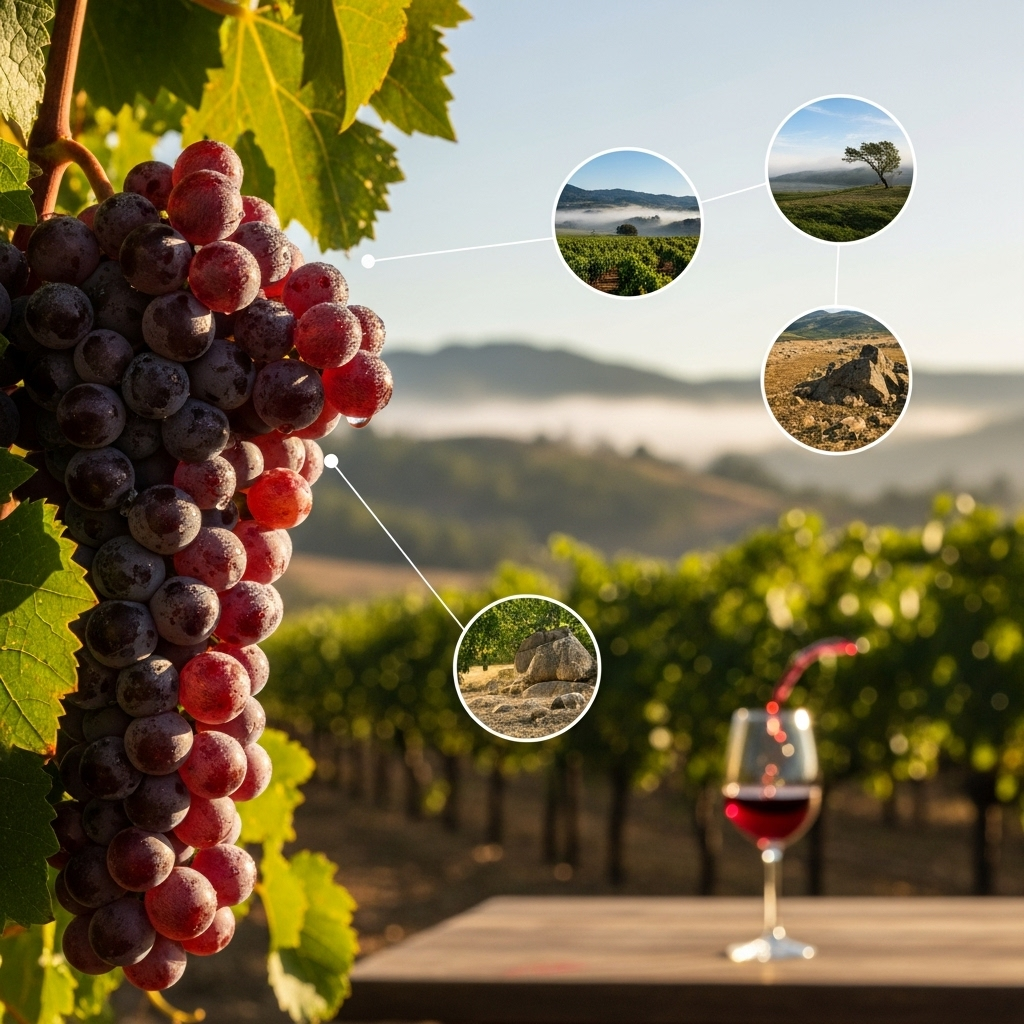
Climate's Role in Grape Aroma Evolution
Share
Introduction: The Importance of Terroir in Viticulture
Terroir, a French term that encapsulates the unique environmental factors affecting a vineyard, plays a crucial role in shaping the character of wine. It encompasses not only the soil composition and topography but also the climate, which significantly influences grape growth and development. The interplay between temperature, rainfall, and sunlight creates a distinct microclimate, allowing specific grape varieties to thrive. For instance, warmer regions may yield grapes with higher sugar content, leading to fuller-bodied wines, while cooler climates often produce grapes with heightened acidity and more delicate aromas. This complex relationship between climate and terroir ultimately determines the aromatic profile of the wine, as the grapes absorb and express the nuances of their environment. As we delve deeper into the role of climate in grape aroma evolution, we will explore how varying climatic conditions across different regions contribute to the rich tapestry of flavors found in wines around the world.
Climate Influences: How Weather and Geography Shape Grape Aromatics
The interplay between climate and grape aromatics is a complex dance of elements, where temperature, humidity, and sunlight coalesce to define the character of the grape. Warmer climates tend to enhance the production of aromatic compounds, resulting in more pronounced fruity notes, while cooler regions often yield grapes with more subtle, nuanced aromas. For instance, the vibrant citrus and tropical notes found in Sauvignon Blanc thrive in sunny, warm conditions, whereas the delicate floral and herbal qualities of Riesling flourish in cooler, temperate zones.
Geography further amplifies these effects; elevation, soil type, and proximity to bodies of water all contribute unique influences. Mountainous regions, for example, can create microclimates that allow for a longer growing season, which helps develop complex aromatic profiles. Additionally, the soil composition can affect the vine's nutrient uptake, ultimately shaping the aromatic compounds produced in the grapes. Thus, the intricate relationship between climate and geography is pivotal in guiding the evolution of grape aromas, leading to a diverse tapestry of flavors that wine enthusiasts cherish.
Future Outlook: Adapting to Climate Change for Optimal Grape Flavors
As climate change continues to reshape the viticultural landscape, winemakers are increasingly tasked with adapting their practices to preserve and enhance grape flavors. The shifting temperatures and altered precipitation patterns present both challenges and opportunities. For instance, warmer climates may lead to earlier harvests, which can impact the balance of acidity and sugar in grapes, ultimately influencing the wine's aromatic profile. To counteract these effects, many vineyards are exploring innovative approaches such as selecting heat-resistant grape varieties or implementing sustainable farming practices that promote biodiversity and soil health.
Moreover, precision viticulture—leveraging technology to monitor vineyard conditions—enables winemakers to make data-driven decisions, optimizing harvest timing and irrigation strategies. By embracing these adaptive measures, the industry can not only mitigate the adverse effects of climate change but also unlock new dimensions of flavor complexity in their wines. As we look to the future, the ability to harmonize tradition with innovation will be crucial in crafting wines that reflect both the terroir and the evolving climate.
